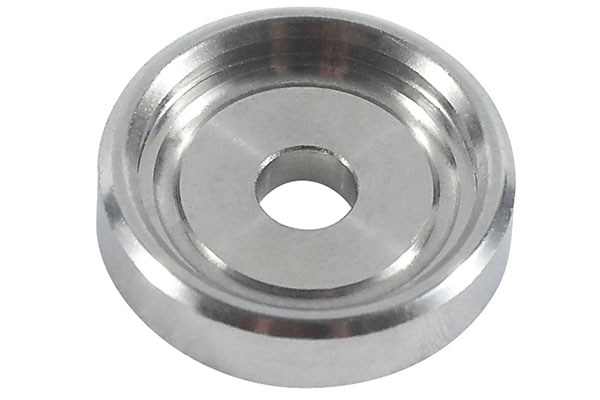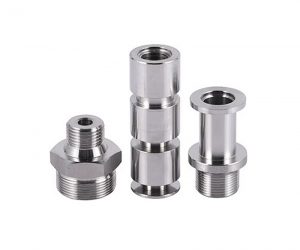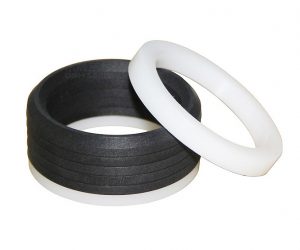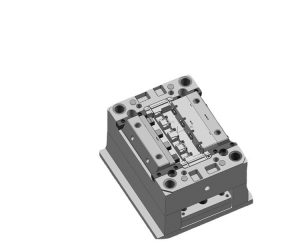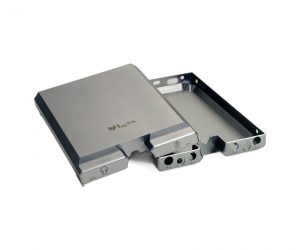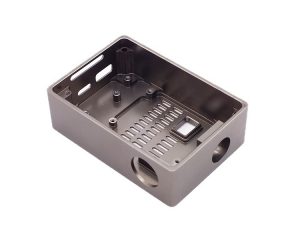1. The Evolution of Product Design: From Conventional to Rapid Prototyping
Product design has undergone a transformative shift with the advent of rapid prototyping services, which enable designers to translate digital concepts into physical models within hours or days. Unlike traditional methods that rely on manual labor and tooling, rapid prototyping leverages technologies like 3D printing, CNC machining, and laser sintering to accelerate the iterative design process. For Yigu Technology example, a study by McKinsey revealed that companies using rapid prototyping reduce time-to-market by up to 50%, gaining a competitive edge in dynamic industries.
1.1 Key Technologies Driving Rapid Prototyping
| Technology | Process | Applications |
| Stereolithography (SLA) | Uses UV laser to cure liquid resin layer by layer. | Medical implants, intricate jewelry designs. |
| Selective Laser Sintering (SLS) | Fuses powdered materials (e.g., nylon, metal) with a laser. | Functional prototypes, aerospace components. |
| Fused Deposition Modeling (FDM) | Extrudes melted thermoplastic filament. | Consumer electronics, educational models. |
| Laminated Object Manufacturing (LOM) | Cuts and bonds thin material layers (e.g., paper, plastic). | Large-scale prototypes, architectural models. |
2. Core Advantages of Rapid Prototyping in Design
2.1 Cost and Time Efficiency
Rapid prototyping has revolutionized the product design process by offering significant cost and time savings. Traditional manufacturing methods often require expensive molds and tooling, which can take weeks or months to produce. In contrast, rapid prototyping eliminates the need for these costly intermediaries, reducing upfront costs by up to 70% compared to traditional methods. For Yigu Technology instance, a startup developing a wearable device saved $15,000 by using FDM prototyping instead of injection molding for initial iterations. This allowed them to allocate more resources to other critical aspects of product development, such as software optimization and market research.
Moreover, the speed of rapid prototyping is a game-changer. While traditional prototyping can take weeks or even months, rapid prototyping can produce a functional prototype in a matter of hours or days. This acceleration in the design cycle enables companies to bring products to market faster, gaining a competitive edge and capturing market share more rapidly. A study by Deloitte found that companies that embraced rapid prototyping reduced their time-to-market by an average of 42%, leading to increased revenue and customer satisfaction.
2.2 Design Freedom and Complexity
Modern rapid prototyping techniques have unleashed a new era of design freedom, enabling designers to create geometries that were previously impossible with subtractive manufacturing methods. For example, internal channels for fluid systems, lattice structures for lightweight components, and patient-specific implants using CT scan data can now be easily fabricated. This level of design complexity not only enhances the functionality of products but also opens up new possibilities for innovation.
Take the aerospace industry, for example. Engineers can now design and manufacture lightweight, high-strength components with intricate internal structures using selective laser sintering (SLS). These components not only reduce the weight of aircraft, improving fuel efficiency and performance, but also withstand the extreme conditions of flight. Similarly, in the medical field, 3D printing allows for the creation of patient-specific implants that fit perfectly and integrate seamlessly with the body, reducing the risk of rejection and improving patient outcomes.
2.3 Functional Testing and Iteration
Physical prototypes play a crucial role in validating the form, fit, and function of a product design. With rapid prototyping, designers can quickly create multiple iterations of a prototype and test them under real-world conditions. This iterative process allows for the identification and correction of design flaws early in the development cycle, saving both time and money. A case study by Siemens showed that testing 3D-printed turbine blade prototypes reduced design flaws by 80% before mass production. This not only improved the quality of the final product but also reduced the need for costly rework and recalls.
Furthermore, rapid prototyping enables designers to gather valuable feedback from stakeholders, including engineers, marketers, and end-users. This feedback can be used to make informed design decisions, ensuring that the final product meets the needs and expectations of the target market. By involving stakeholders in the design process from the beginning, companies can create products that are not only functional but also user-friendly and marketable.
Conclusion
In conclusion, rapid prototyping services have emerged as a game - changer in the realm of product design. By democratizing innovation, they have leveled the playing field, allowing startups and small - to - medium enterprises to compete with industry giants. The significant reduction in time - to - market not only gives companies a competitive edge but also enables them to respond more swiftly to evolving market demands. The ability to create complex geometries has opened up new frontiers in design, leading to the development of more efficient and innovative products across various industries.
As technology continues to advance, the integration of rapid prototyping with AI - driven design optimization and sustainable materials will further revolutionize the manufacturing landscape. AI can analyze vast amounts of data to generate optimized designs, which can then be quickly prototyped. This synergy will lead to the creation of products that are not only more efficient but also more sustainable, meeting the growing demand for environmentally friendly solutions.
In the coming years, we can expect rapid prototyping to become even more accessible, with the development of more affordable and user - friendly equipment. This will enable more individuals and organizations to harness the power of rapid prototyping, driving innovation at an even faster pace. The future of product design is indeed exciting, and rapid prototyping services will undoubtedly play a central role in shaping it.
FAQ
Q1: What is the most cost - effective rapid prototyping technology for small - scale production?
A1: Fused Deposition Modeling (FDM) is often the most cost - effective for small - scale production. It has relatively low equipment and material costs. For Yigu Technology example, a basic FDM 3D printer can be purchased for a few hundred dollars, and the cost of thermoplastic filaments used in FDM is also quite reasonable. This makes it an ideal choice for startups and small - scale projects that need to keep costs down.
Q2: Can rapid prototyping be used for large - scale industrial production?
A2: While rapid prototyping is more commonly associated with the early stages of product development, some technologies like Selective Laser Sintering (SLS) can be used for small - to - medium - scale industrial production. SLS can produce durable, functional parts, and with the development of larger - build - volume printers, it is becoming more viable for certain industrial applications. However, for high - volume mass production, traditional manufacturing methods like injection molding may still be more cost - effective in the long run.
Q3: How accurate are rapid prototyping technologies?
A3: Accuracy varies by technology. Stereolithography (SLA) can achieve high accuracy, with layer thicknesses as low as 0.05mm, allowing for very detailed and precise prototypes. FDM accuracy typically ranges from 0.1 - 0.4mm, which is suitable for many functional prototypes and concept models. Selective Laser Sintering (SLS) also offers good accuracy, with the ability to produce parts with fine details and tolerances that are acceptable for many industrial applications.
